Health Insurance Demystified: Navigating the Complex Landscape
Sweep the mist of health insurance jargon away and decipher complex language to optimize your healthcare insurance experience.
Deciphering Health Insurance Plans
Understanding policy language is key to interpreting the complex landscape of health insurance. We hope that the information below helps you begin to navigate your health insurance plans. For further help, reach out to one of our experts.
Understanding Plan Types
There are four main types of health insurance plans:
Health Maintenance Organization (HMO):
HMO plans tend to have the lowest premium costs. With the lower cost comes a more limited local, in-network coverage and generally out-of-network care is not covered. In cases of emergency, out-of-network care is covered.
Exclusive Provider Organization (EPO):
EPO networks tend to be larger than HMO networks but are usually still limited to local areas. EPO plans do not require a referral for specialists, although in-network providers must be used. In cases of emergency, out-of-network care is covered. EPO premium costs tend to fall between HMO and PPO premiums
Preferred Provider Organization (PPO):
In PPO plans, out-of-network healthcare providers can be used without referrals—some additional cost will incur. In-network providers will cost you less. PPO plans tend to have more flexibility than POS plans.
Point of Service (POS):
POS plans require a referral from primary care providers for out-of-network specialist visits to be covered. POS plans often have lower initial costs.
When evaluating your different healthcare plan options, consider your healthcare needs and carefully look into each plan’s benefits, copayments, and out-of-pocket maximums.
Navigating Policy Language
Insurance Benefits
Benefits are the services your healthcare insurance policy covers: such as doctor visits, prescription drugs, preventative services, etc.
Copayment
A copayment is a predetermined cost that you pay for a health service to the provider. The copayment is determined by the type of healthcare service.
Out-of-Pocket Maximum
This is the maximum amount of cash you have to spend on medical expenses in a policy period (typically 12 months) before your health insurance will pay all healthcare costs.
Personalizing Your Coverage
When choosing your healthcare insurance plan, it is important to assess your healthcare needs and choose the plan that will best fit you.
Assess your healthcare needs by asking:
What is most important to you?
Is having your doctors and hospital in your network vital to you?
Do you want your prescription drugs covered? If so, how?
Are you looking for only catastrophic coverage?
Are you looking for a low deductible or high deductible, lower or higher premiums?
Evaluate a potential plan by asking:
Are your doctors or Hospitals in the network?
What does the plan cover? Does it include procedures?
Do you fully understand the summary of benefits, and the explanation of deductibles and coinsurances?
What are the differences between Bronze, Silver, and Gold plans?
How do tax credits work with this plan?
Once you have a better idea of your healthcare needs and what is important to you, the simplicity of the breakdown of your plan options works better in your favor. There are so many options when you are perusing through the Marketplace that it is easy to lose sight of what you wanted the plan to cover. Anyone will be overwhelmed with all the plan options.
Your local agent can give you different ideas, but they should be reminding you what is important, so you stay focused on those options. Also, they should be able to provide other options for coverage. Book an appointment today to review your plan options with one of our agents.
Managing Claims and Providers
When seeking care, it is key to understand your type of plan and whether or not your provider falls in or out of your healthcare plan network. Your plan will most likely have a directory of in-network providers on the plan website.
If you choose to see an out-of-network provider, visit your out-of-network provider stipulations.
Empowering Your Health Insurance Journey
While health insurance jargon can seem impossible to understand, a basic understanding of policy language can empower you to choose the health insurance plan that will best fit your needs. We hope this blog helped you identify what is most important to you when choosing a healthcare plan.
Our experts can help you examine the benefits and coverage of different plans with your individual healthcare needs. Contact us or book an appointment today to make an informed choice and personalize your health insurance.

